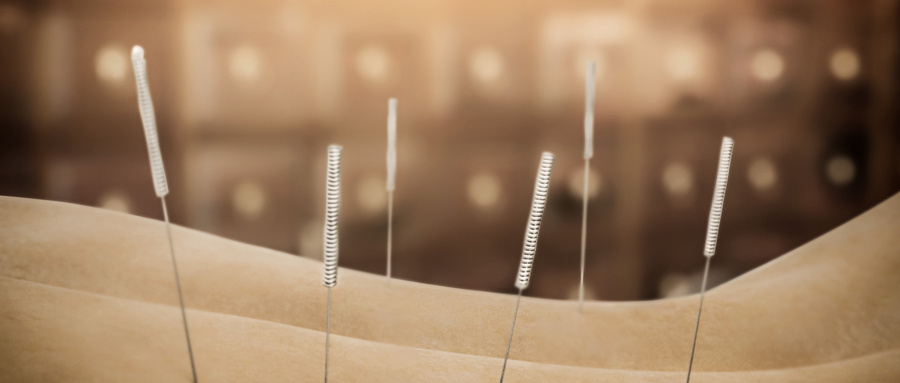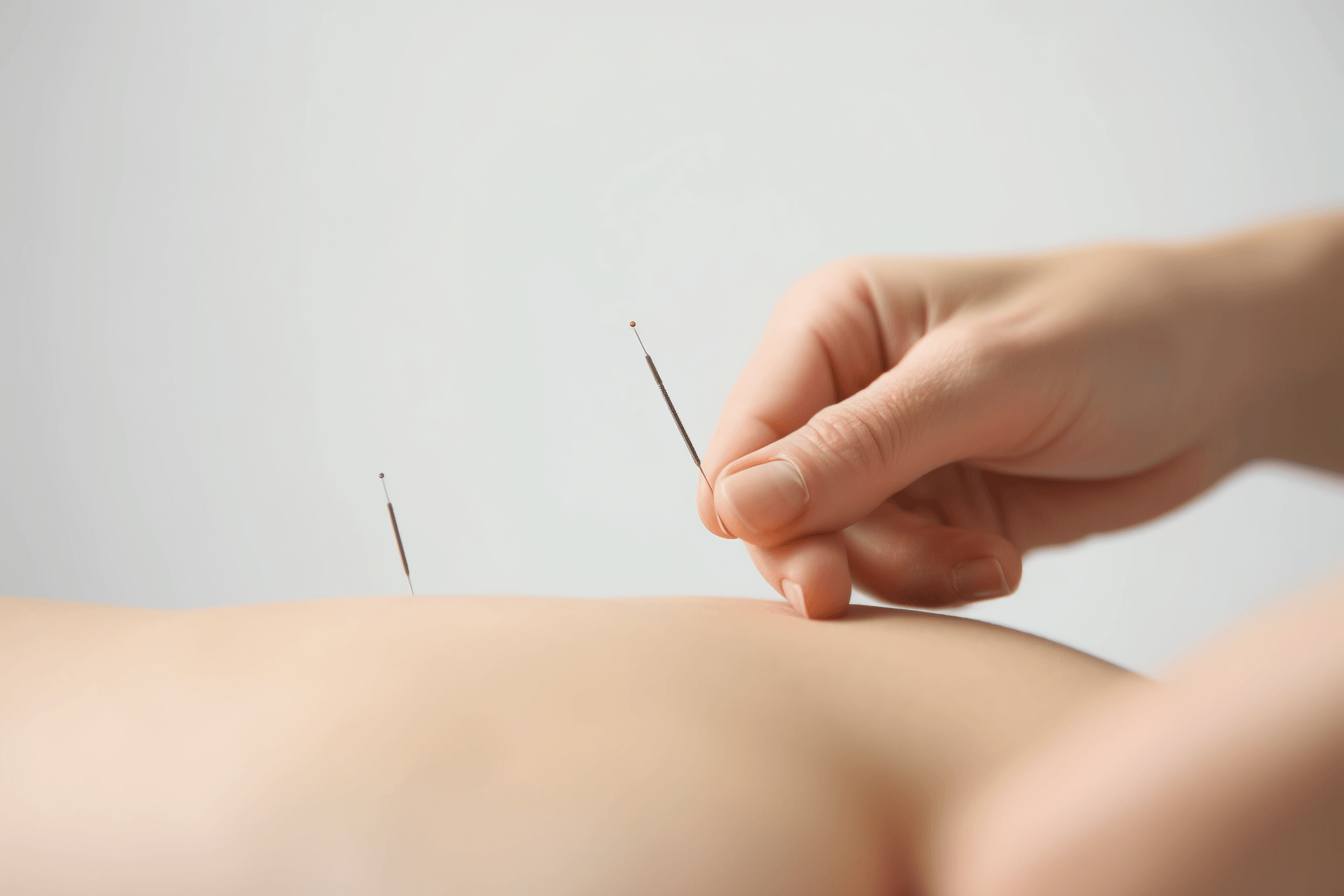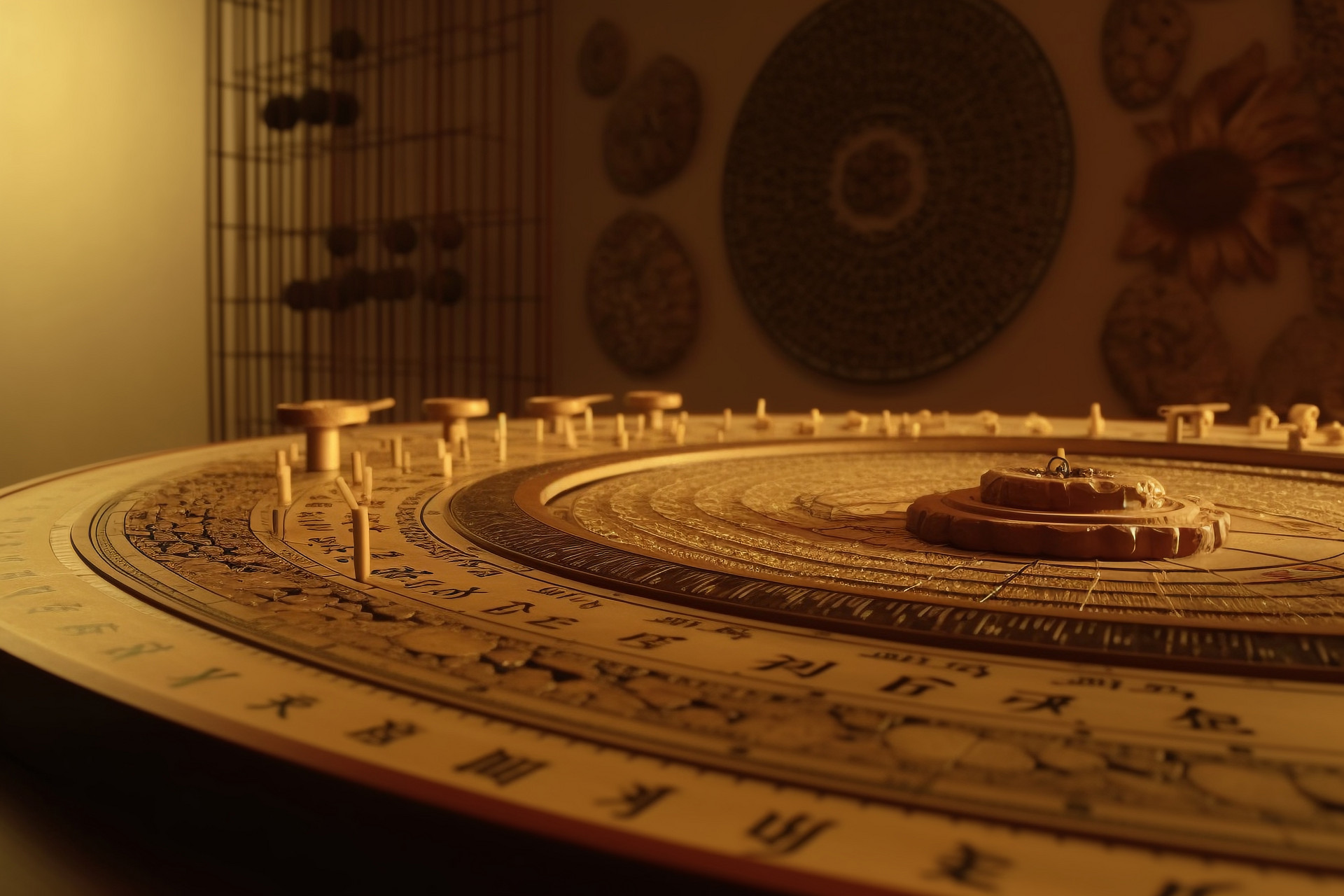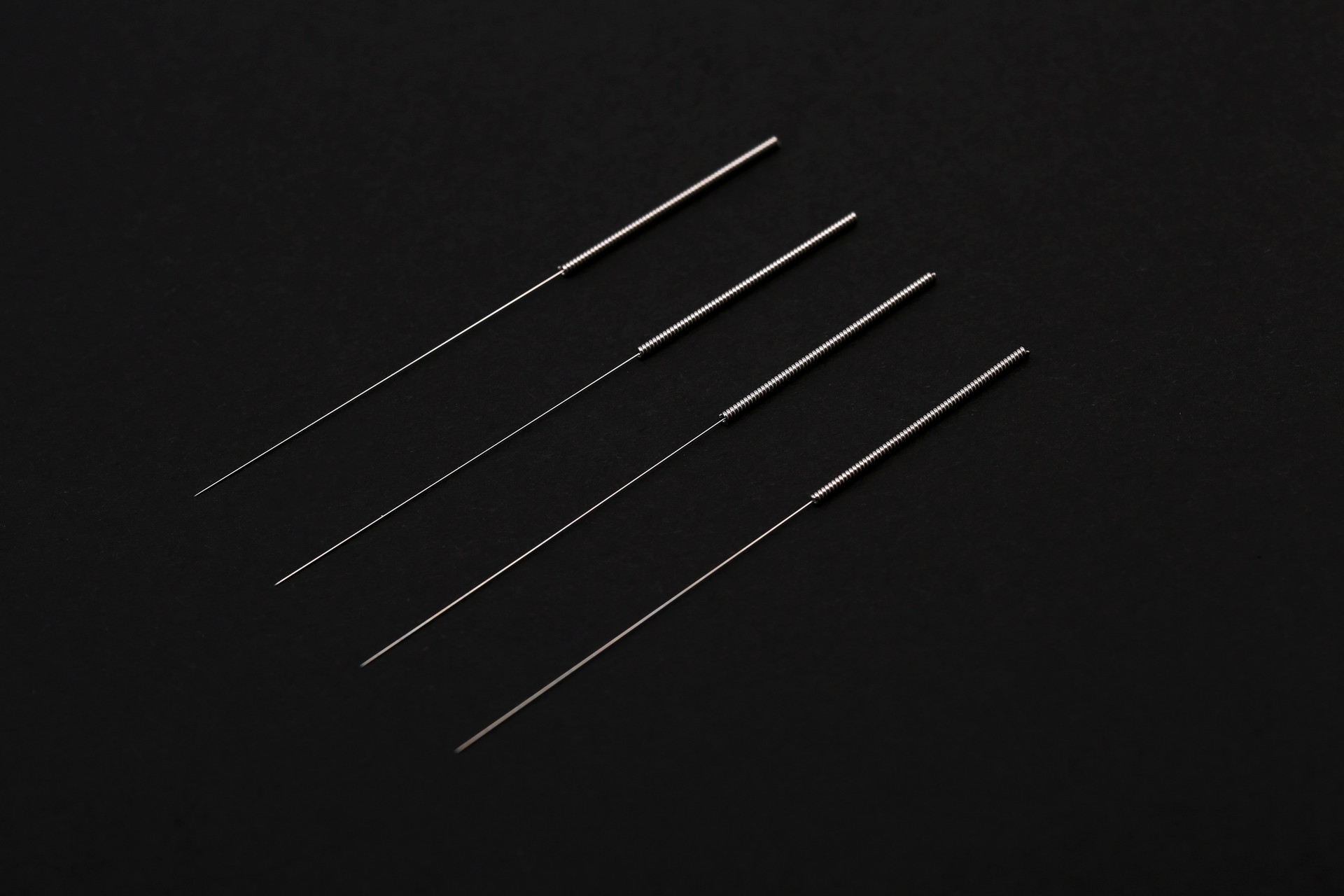Traditional acupuncture originated from the use of bian stone. Bian stone is a sharp stone that was primarily used to cut abscesses, release pus and blood, and stimulate acupuncture points in the body for the purpose of treating diseases. It can be said to be the earliest medical tool, as it is recorded in ancient Chinese books such as the Nei Jing, which states, "In the eastern territory... the diseases are all abscesses, and their treatment should use bian stone." The Shuo Wen Jie Zi also states, "Bian, using stones to pierce diseases." This specifically explains that bian stone is used to treat diseases by piercing the body.
So, how was bian stone used to treat diseases?
In primitive society, people often had to struggle with nature for survival and often worked in harsh environments. As a result, their skin would be cut or bruised by sharp stones, tree branches, thorns, etc., and sometimes even bleed. However, it was occasionally observed that after these injuries or bleeding, the original illness would be alleviated or disappear. After repeated occurrences, people naturally realized that stimulating a certain part of the body or causing it to bleed could treat certain diseases. Therefore, through long-term knowledge, practice, and accumulation, the method of using bian stone to treat diseases was developed.
It is generally believed that the use of bian stone in medical treatment began in the Neolithic Age. At that time, people had already mastered the techniques of shaping and grinding, allowing them to create more sophisticated stone tools. The shape of bian stone was mainly determined by its purpose. For example, if it was used for piercing, it would be made into a sword or needle shape, commonly known as a needle stone. If it was used for cutting, it would be made into a knife shape, commonly known as a lu stone. This has been confirmed by unearthed cultural relics. For example, in 1963, a processed stone needle was unearthed in the New Stone Age site of Toudao Wa in Duolun Banner, Inner Mongolia. The needle was 4.6 cm long, with a square body and a pointed end. One end was flat and semi-circular, with a cutting edge, which could be used for both acupuncture and cutting.
With the widespread application and practice of bian stone, people invented bone needles and bamboo needles. When they had the ability to fire pottery, they also invented clay needles. With the invention of metallurgical technology, people created copper needles, iron needles, silver needles, and gold needles, enriching the variety of needles and expanding the scope of acupuncture treatment.
Applying warm or hot stimulation to a specific part of the body for the purpose of treating diseases is called moxibustion. Moxibustion originated from ancient people using fire for warmth. People would warm themselves by the fire, dispelling coldness and experiencing warmth. At the same time, they would find that their original illnesses or pain would be alleviated or disappear as a result. Therefore, they would wrap heated stones, sand, etc. in animal skins or tree bark and apply them to a specific part of the body for localized warmth, relieving some pain. This is the primitive form of heat therapy. Over time, this method of moxibustion was improved.
Initially, moxibustion used various materials such as weeds and tree branches as fuel. Later, it gradually developed into charcoal moxibustion, bamboo stick moxibustion, mugwort moxibustion, sulfur moxibustion, realgar moxibustion, lamp grass moxibustion, etc., with mugwort moxibustion being the most commonly used. This is because mugwort leaves have the effects of warming the meridians, dispelling coldness, and relieving pain. When used for moxibustion, the heat is infused internally, which can warm and nourish the qi and blood, treating conditions of deficiency and coldness.










